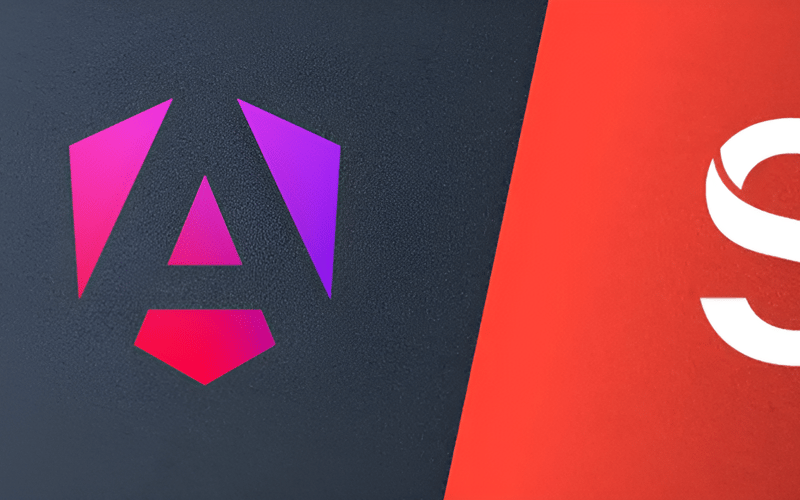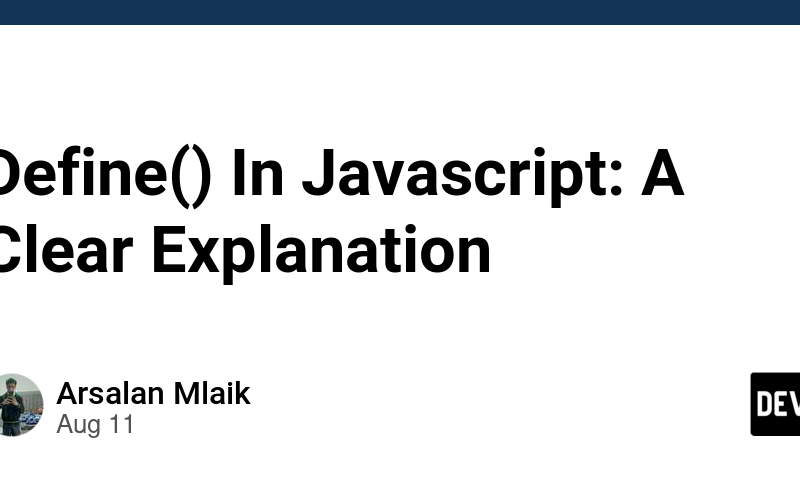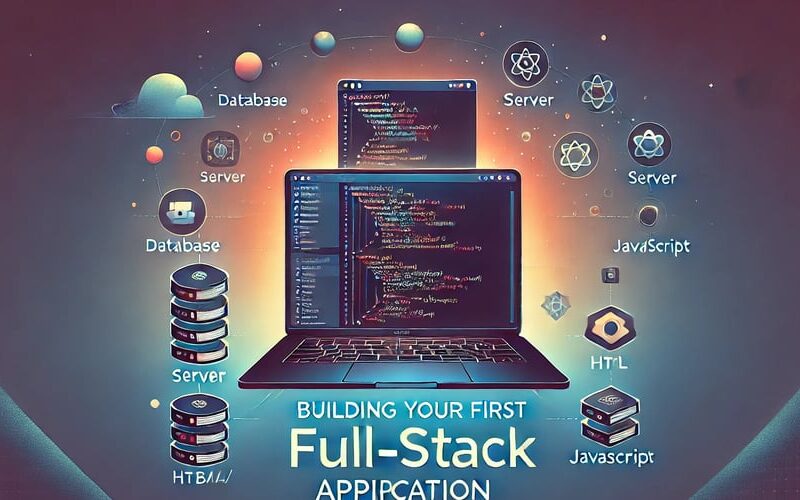13
Aug
These days even if you know HTML, CSS, and JavaScript well, you’re still in a highly competitive field. With so many frontend developers out there, the only way to stand out is by following best practices. Here are five of those that can help you stand out as a beginner: *1. Write Clean, Readable Code: * Use proper indentation, meaningful variable names, and comments to explain what your code does. *2. Keep Your CSS Organized: * Break all your styles down into smaller, modular pieces, and use naming conventions like BEM (Block, Element, Modifier) to keep your styles structured and…










